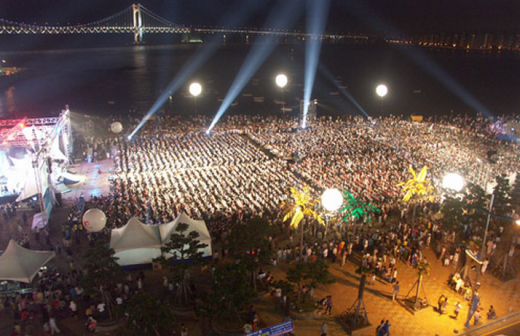Esports. The idea itself is almost laughable to many: “Esports? What is that, nerds in a closet trying to beat each other at Tetris? They should go outside and get a tan, right guys?”
Put the Bud Light down and listen to me: There was once a time when esports was a joke of a concept. Those days are gone. Esports is now no laughing matter as companies that cater to gamers are joining a cast of A-list brands in sponsoring massive competitive leagues around the world that are sporting five and six figure prize pools.
All of that cash for people who wear bulky headsets and beat their keyboards hundreds of times per minute? Yeah, there are gamers out there that are richer than you. You like that? If you don’t, you can blame Intel, LG, and a few other billion dollar companies for helping to grow their paychecks by buying title sponsorships to the biggest esports events.
At the very forefront of the esports world is an American company called, fittingly, Major League Gaming, or MLG. MLG runs massive events, often called, somewhat anachronistically, LANs, all around the United States. These are no small affairs: The most recent MLG attracted 15,000 live spectators, 1,300 competitors, and around half a million people from 164 countries who tuned into the live streams of the event.
At peak, over 117,000 people were concurrently watching the weekend of madness that MLG hosted. And they do it a half-dozen times per year.
And Major League Gaming itself is no joke: The company has raised $56 million and makes its bread through advertising deals with companies like Dr. Pepper and other consumer giants, while charging for premium digital video streams and spectator passes. The company took on another $10 million invest last December to help fuel its continued growth.

A Korean esports event
Over the past year, esports has hit a new plane of growth, and currently sits in the cross-hairs of attention because a new game has exploded onto the scene, eclipsing the old warhorses of gaming. This single game has by itself caused a massive boom in viewership and interest that has allowed professional gaming to reach new heights. Please say hello to Starcraft 2.
If you have never heard the word ‘starcraft’ before, allow me to give you a brief history: 13 years ago, or roughly five decades in technology time, a game called Starcraft was released by software giant Blizzard. It would eventually become the most enduring esport of all time, with professional leagues that continue to this day abroad and at home. That is changing at last however, as Starcraft 2 has begun to steal the thunder of its predecessor. Starcraft, if you need an analogy, is the NFL of video games. In South Korea, leagues for the original Starcraft game are shown on television, and the top players are treated celebrities, with salaries to match their status. Live matches rival Metallica concerts in terms of sheer attendance.
Starcraft 2 is the sequel to Starcraft, and its release in July of 2010 marked a turning point in esports. Popular around the world, Starcraft 2 has spurred the creation of more tournaments and teams than can be counted. Starcraft 2 is quickly becoming the soccer of the esports world: beloved everywhere.

Article source: TNW http://feedproxy.google.com/~r/TheNextWeb/~3/gjwtTpMK-Pc/